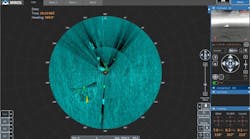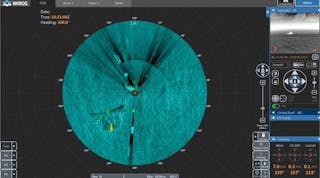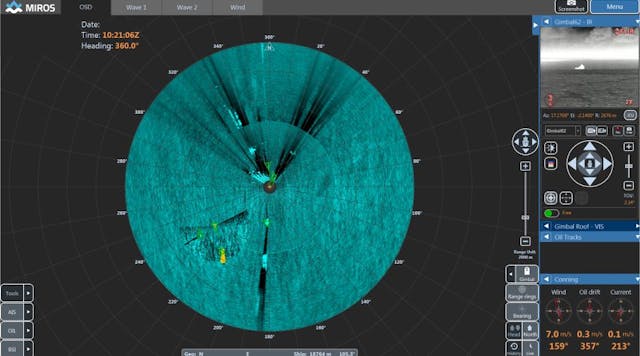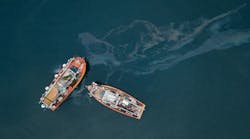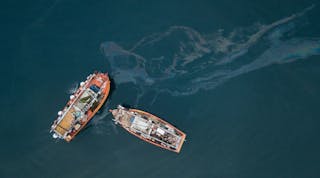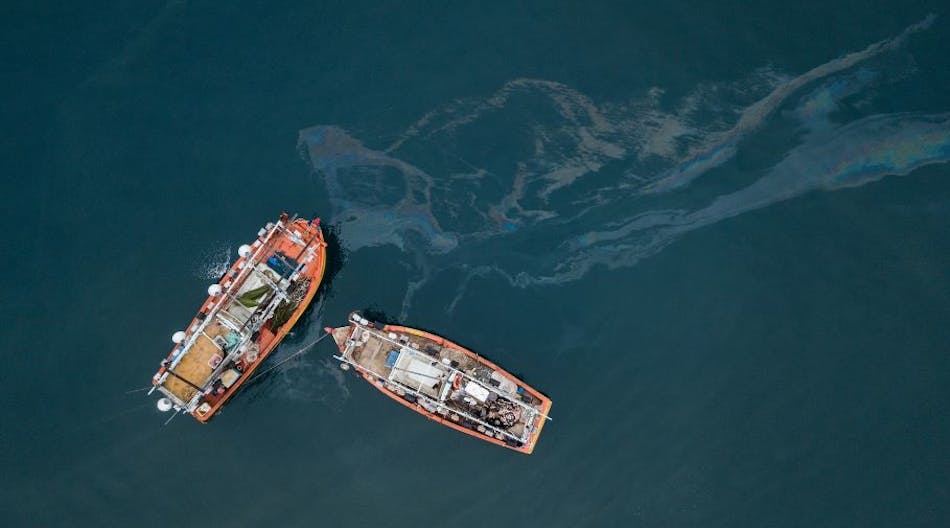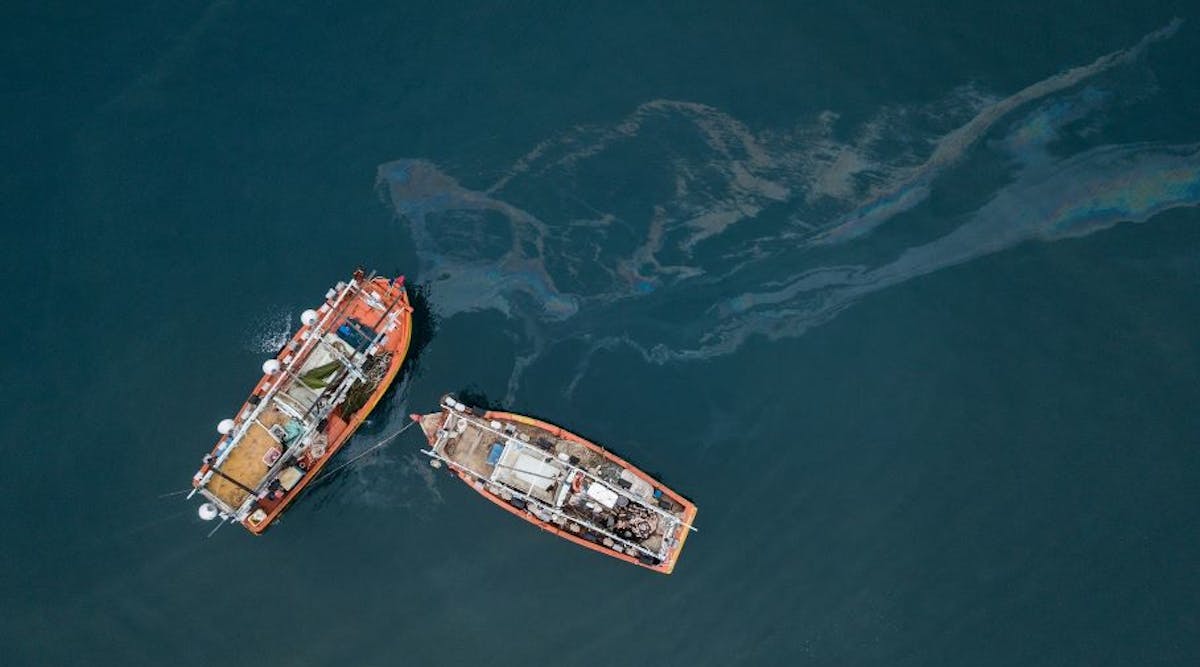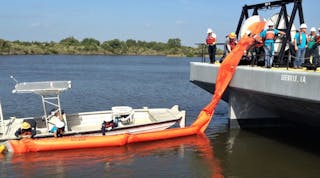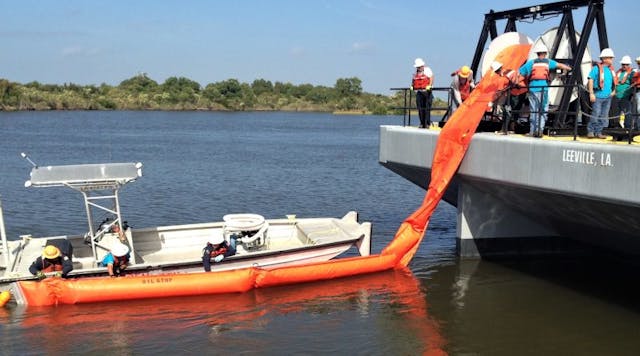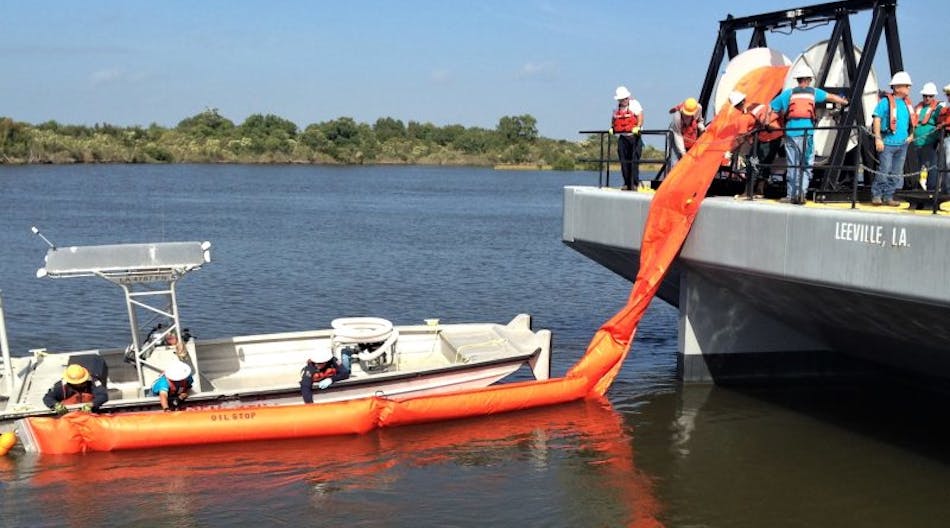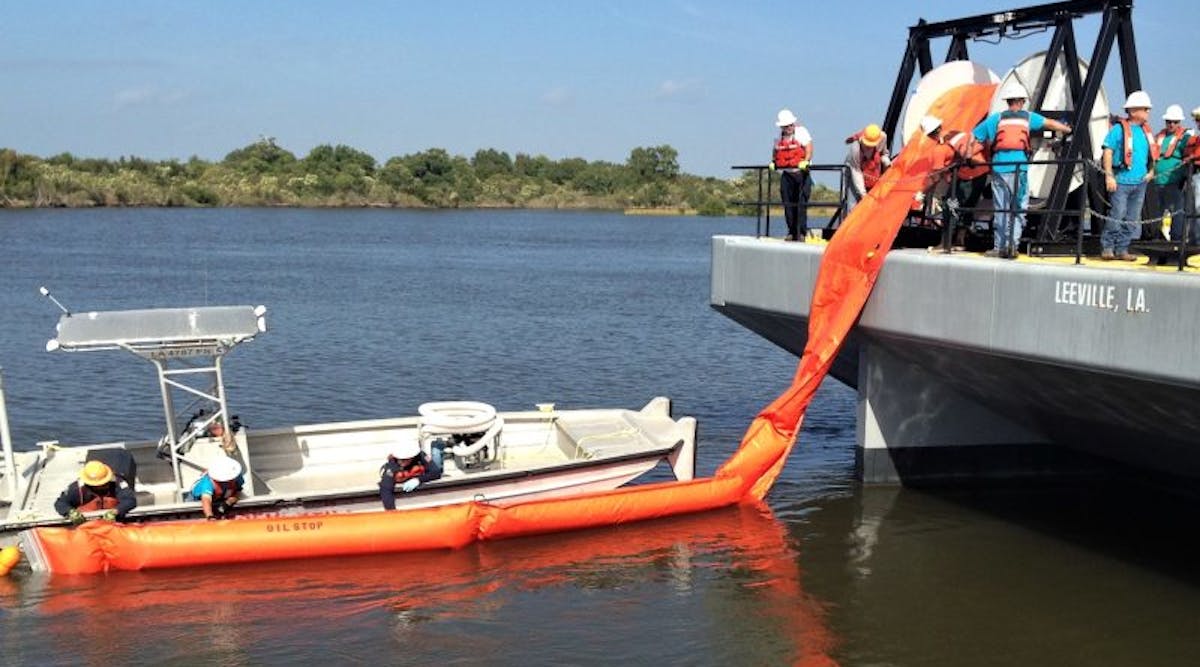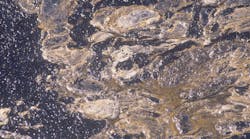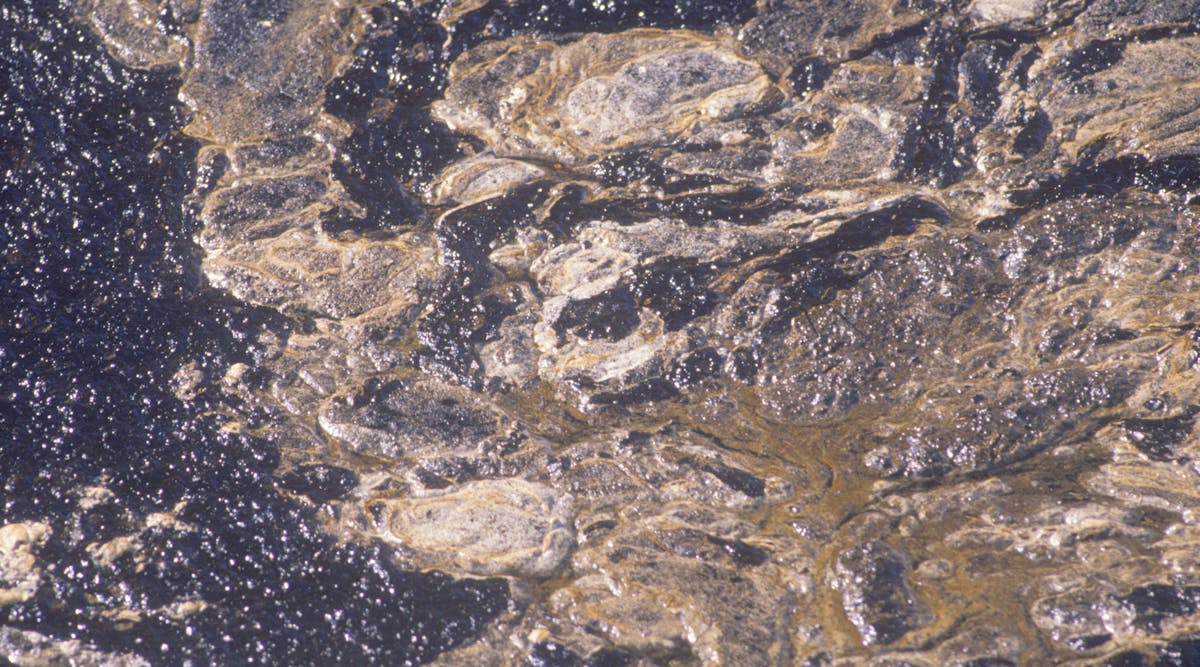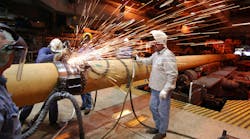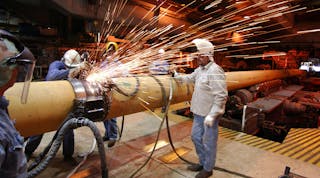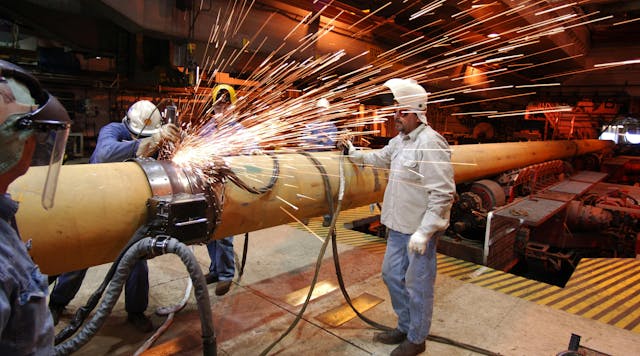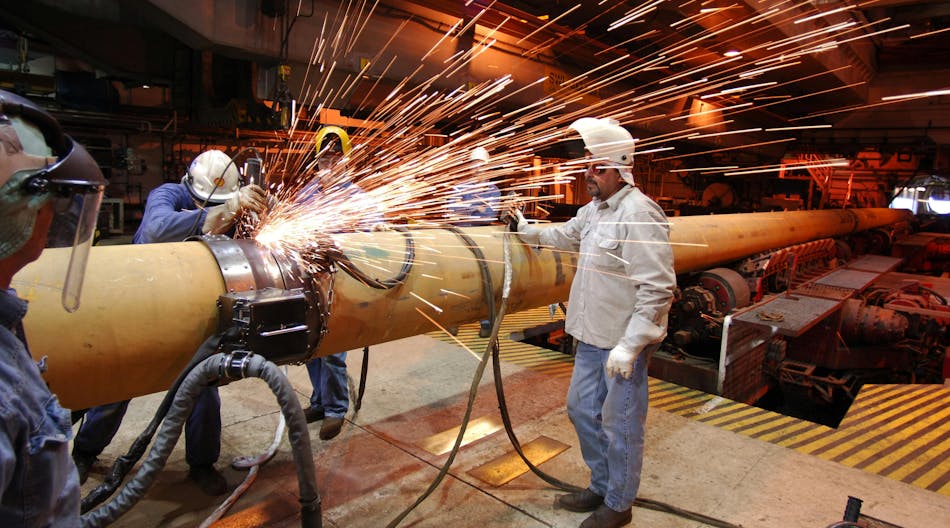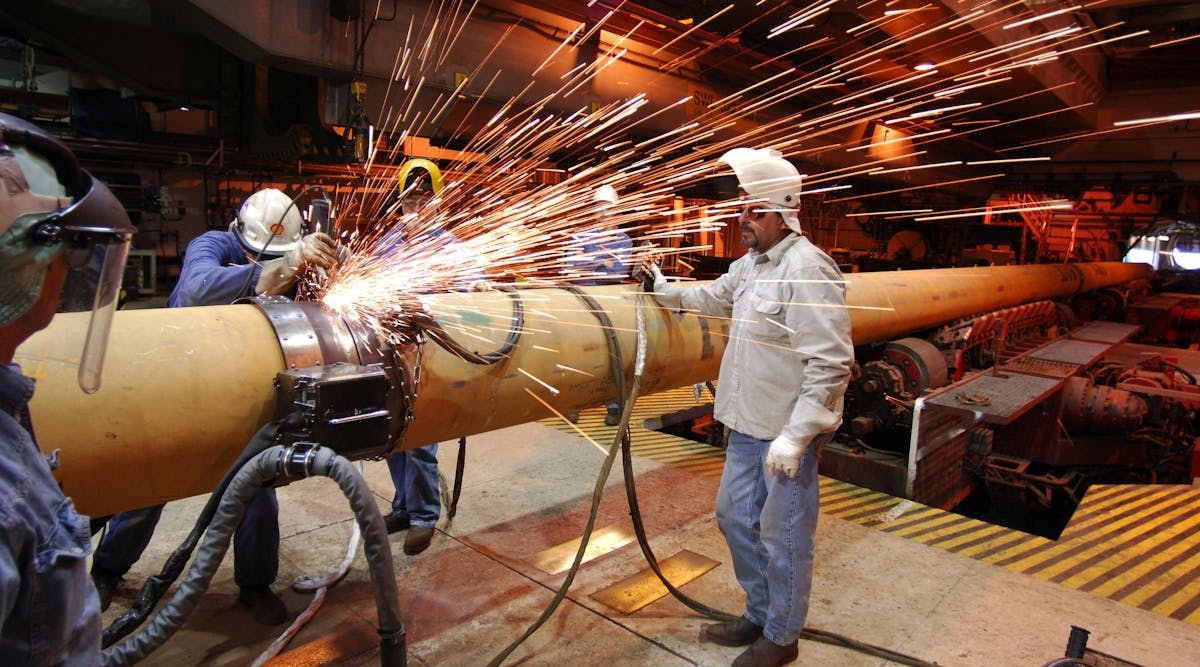Offshore staff
STUART, FLA — CSA Ocean Sciences has provided an update on its recent collaboration with HWCG, a consortium of deepwater operators in the Gulf of Mexico (GoM), to develop a surface monitoring equipment program.
This is designed to assist offshore oil and gas operators with their environmental monitoring and preparedness preparations.
The program, which involves profiling and sampling the ocean surface to a depth of 100 m, is said to give operators in the GoM access to rapidly deployable scientific monitoring equipment and specialist spill response services to deal with to accidental discharges in the marine environment.
In addition, the program is tailored to comply with new regulations related to the use of surface dispersants, should these be deemed an appropriate response tactic during an oil spill.
As governed by the US Code of Federal Regulations (CFR) Title 40, Part 300: National Oil and Hazardous Substances Pollution Contingency Plan, Subpart J (40 CFR 300.913), the use of surface dispersants for more than 96 hours to manage a discharge of more than 100,000 gallons in 24 hours calls for the collection of water samples and in situ measurements near the ocean surface, CSA said. These include temperature, salinity, dissolved oxygen concentration, fluorescence, turbidity, methane, pH and particle size distribution.
The company’s marine scientists and field operations specialists assessed and selected equipment appropriate for monitoring the upper water column, developing a system for deploying sensors using a towed frame or a vertical cast system.
CSA’s sister company Okeanus Science & Technology designed and built a launch and recovery system (LARS) with a winch, skid-mounted A-Frame and cable to allow deployments to water depths of 100 m in either towed or cast mode.
Other equipment includes a custom "control van" that serves as a mobile workspace during onshore standby and offshore deployment.
CSA and HWCG are also inviting other operators in the GoM to participate in the shared equipment program.
10.24.2023





